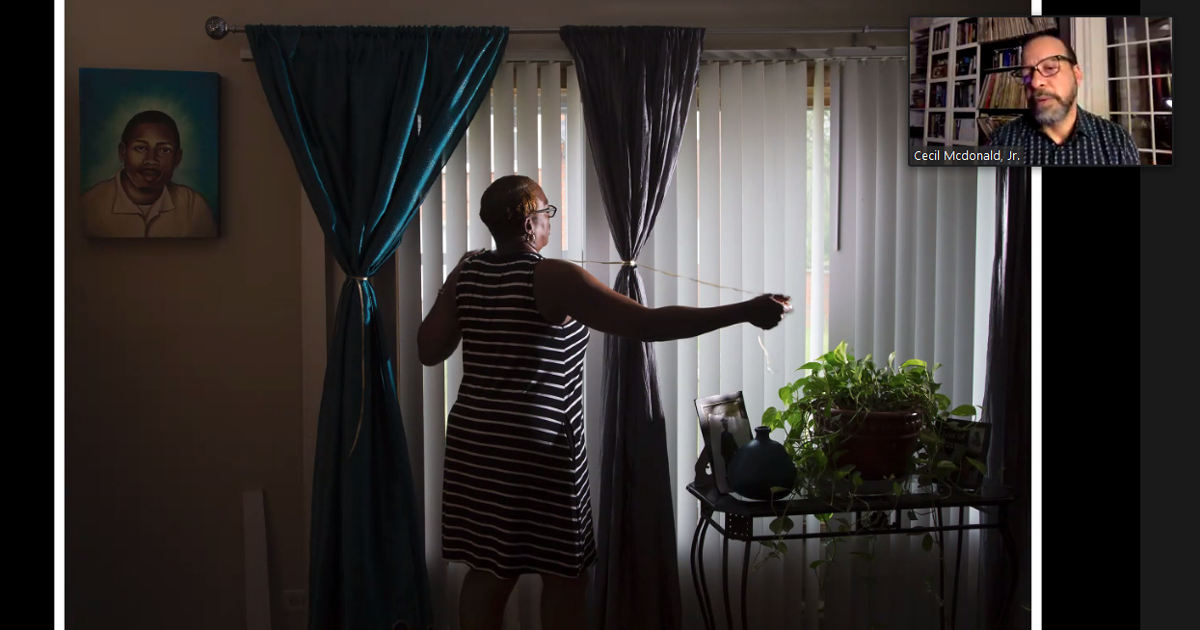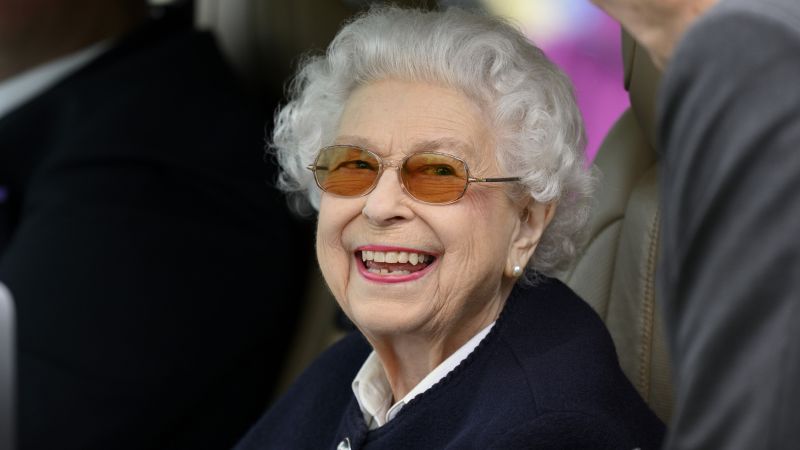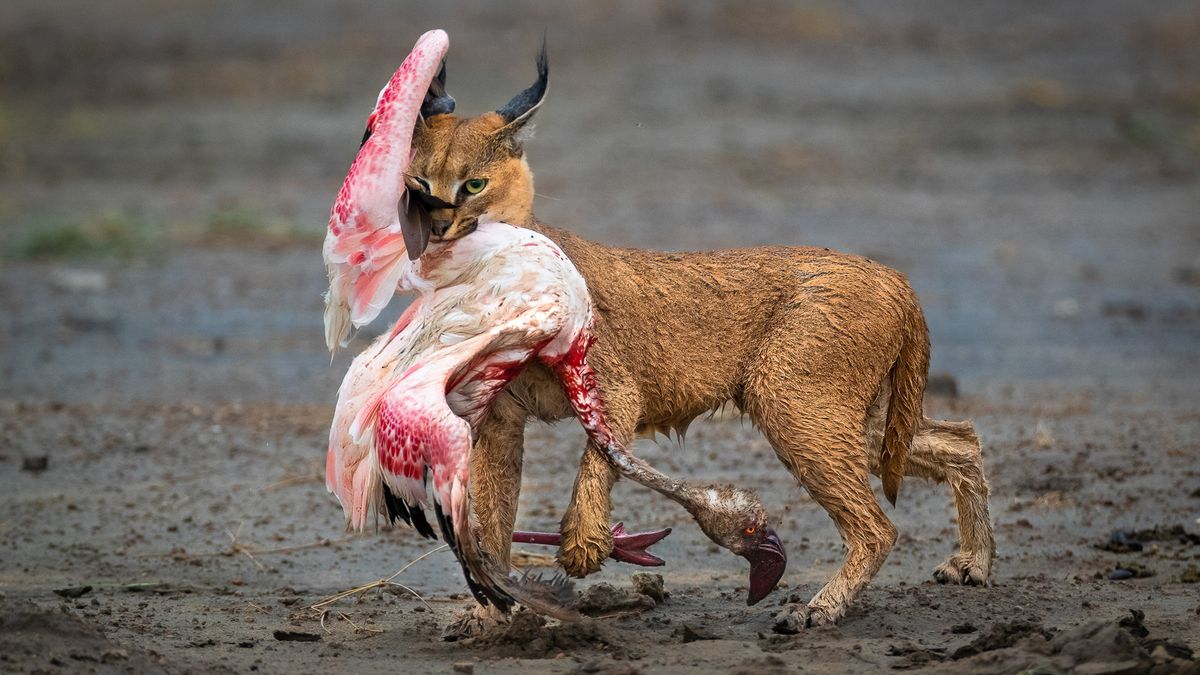
Artist Cecil McDonald Jr. explores the power of representation in photography | News
On Monday, the video lecture series, “Experiencing Images: How the Visual Shapes Our World,” kicked off with the lecture, “On the Matter of Subject: What We Photograph Matters,” presented by artist and adjunct professor at Columbia College Chicago Cecil McDonald Jr.
McDonald is an artist whose photographs explore how masculinity, family relationships and black culture intersect, as well as how they are explored intellectually and artistically.
“I am an artist of color [and] identify as a Black man,” McDonald said. “So, by extension, my work is often burdened with political representation, either a representation that I give it, but oftentimes more likely is representation that other people give it.”
“On the Matter of Subject: What We Photograph Matters” is the first of six lectures in a series of video lecture that explore engagement with photography. The lecture series was curated by second-year visual cultural graduate student Holly Filsinger.
“[Conversations about] this idea of photographs, how [photographers] function in society, how photographs move beyond what our intent and what we thought they were going to be,” McDonald said. “There’s intent and then there is the effect of that intent.”
In his lecture, McDonald focused on the power of photographs and the responsibility of the photographer. He shared these ideas through conversations about the impact of photographs taken by himself and other artists.
McDonald shared and discussed photography by artists Taryn Simons and Ansel Adams. He specifically looked at Simons’ series “The Innocents” and Adams’ “Photographs of Japanese-American Internment at Manzanar.”
Simons’ series, “The Innocents,” are portraits of innocent men who were wrongly convicted and served time in prison. She photographed these men in places that lead to their wrongful conviction like the crime scene, alibi scene, arrest scene or scene where they were misidentified as the perpetrator.
Often, forms of photography are used to incriminate suspects of crimes like line ups, mugshots and composite sketches. McDonald talked about the contrast between these visual ways of identifying suspects and the portraits Simons took of wrongly convicted men.
“This is really wonderful kind of circular meta thing where photography, in this case is being used as an investigation tool to look at photographic practice,” McDonald said.
“I like this. She’s taken the tool of photography or the tool of the cameras pointing at the problem and in the state of where the camera in the photograph looks back at us, we think that’s a really interesting situation to find yourself in particularly as a photographer.”
McDonald also shared photographs taken by Adams from his collection of “Photographs of Japanese-American Internment at Manzanar.” With these photographs, McDonald discussed the importance of taking honest photography.
“The camera is also a symbol of instrumental power,” McDonald said. “And so, when you point it at someone or something who does not share the same power structure with you, I think that people will, naturally if they feel powerless, will turn themselves over to you [and] will open themselves up to you.”
In the second half of his lecture, McDonald shared some of his own photography that he had never before lectured on. These photographs were portraits that McDonald was commissioned to take by Unsilenced, a group of women called “The Sisterhood” whose sons were killed due to gun violence.
McDonald originally refused to take the portraits but after being asked by Unsilenced multiple times, he finally agreed to do the portraits.
While doing the portraits, McDonald got to know the women of The Sisterhood he was photographing, about their sons that were killed and how they dealt with their grief. McDonald talked about the process of photographing these women in a way that was true to their stories but also incorporated his own artistic touch.
“I embraced the role as their supporters, the tellers of their stories,” McDonald said. “My hand is still there because I am an artist. Why have me here if I’m not going to have my hand in it? But [the women] would lead me. I will let them take over and kind of guide me through what our journey would end up being.”
Throughout the lecture, McDonald emphasized the importance of using photography as not just an art from, but a way to document truth and history. He emphasized the importance of having meaningful intentions behind taking a photograph and encourages all people to document their stories through photography.
“What I am seeing is that more people are teaching communities how to make pictures into their own stories,” McDonald said. “That’s the crux of it. You have got to get cameras, recorders, video cameras, into communities and let them tell their stories. And I think we start to see more of that happening.”
EMMA SYNDER is a News and Featuers Reporter for The Vidette. Snyder can be contacted at [email protected]. Follow Snyder on Twitter at @ejsnyder21
IF YOU SUPPORT THE VIDETTE MISSION of providing a training laboratory for Illinois State University student journalists to learn and sharpen viable, valuable and marketable skills in all phases of digital media, please contribute to this most important cause. Thank you.





